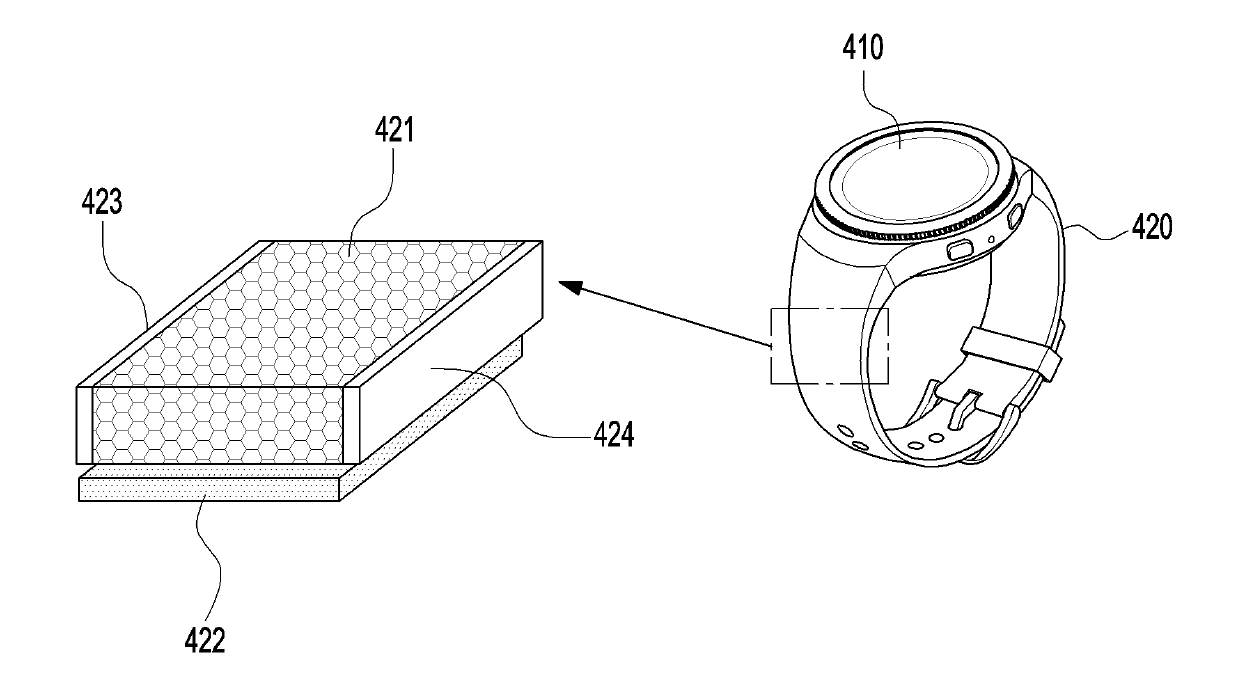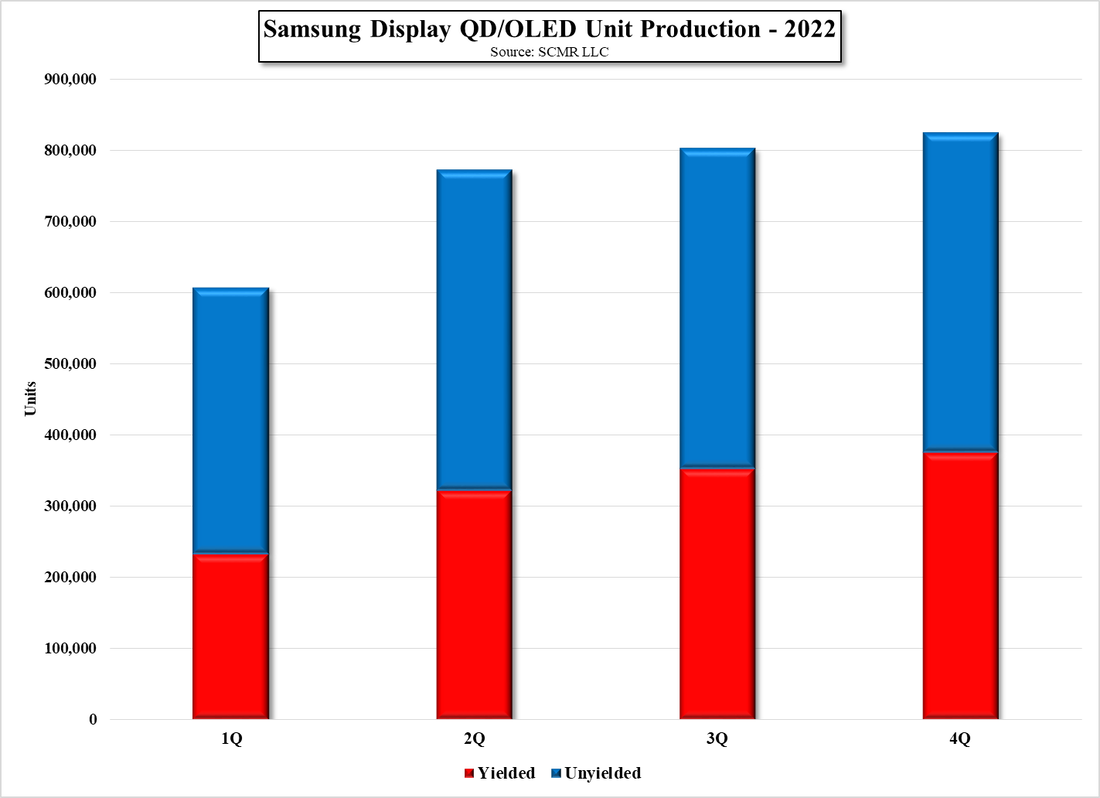BOE – A Quiet Celebration
In 2022 BOE should be increasing capacity at its Gen 6 Chongqing OLED fab as phase 2 capacity begins production. While the local press says that production will start in January, and BOE will increase shipments to 80m units next year, we expect mass production, based on a more conservative ramp to see an incremental 27m units from Chongqing in 2022, but we note that is at 100% yield, which we expect is far different than what is seen currently and what will be the case as the new Chongqing lines ramp up. While we expect BOE will certainly be a bigger contributor to Apple’s OLED supply chain in 2022, we hesitate to make predictions as to absolute share as much will depend on BOE’s ability to ramp production to a viable yield, and BOE’s ability to produce the particular OLED display variations that Apple will request in 2022.
As we expect most, if not all of the LTPO OLED displays for the top iPhone models will be produced by Samsung Display (pvt), and LG Display (LPL) will produce much of the intermediate model, BOE’s share will be limited somewhat, depending on Apple’s application of LTPO across the iPhone line. This is certainly a big win for BOE, after a long and difficult path to success, but we expect the Chinese press will take the win to mean that BOE’s ‘glorious success’ will ‘mark the end of South Korean OLED domination’, a bit of a stretch in 2022. It does mean more competition for both SDC and LGD, but we assume they have been expecting that for some time











 RSS Feed
RSS Feed